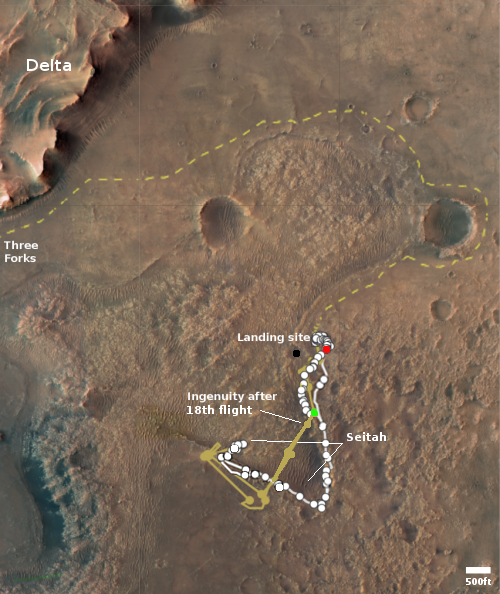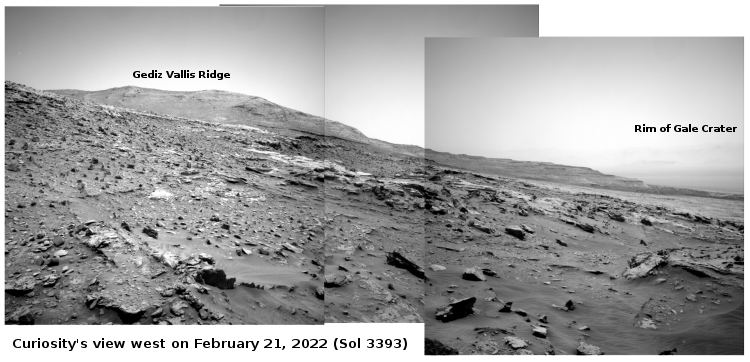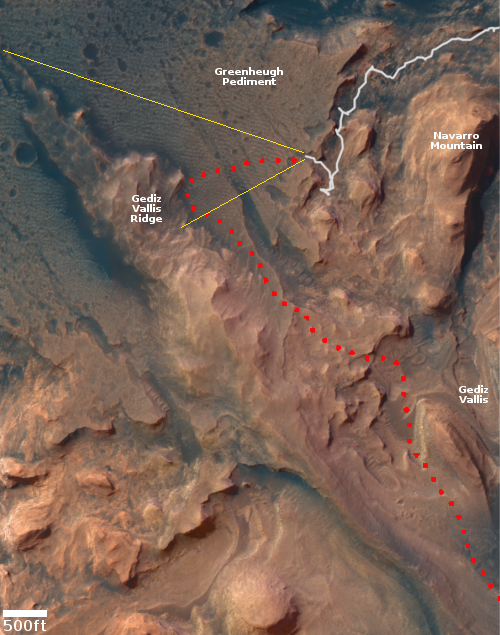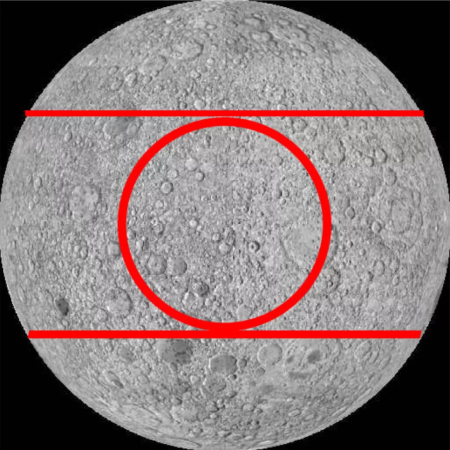SLS launch delayed again
As expected, NASA announced yesterday that it will be unable to launch its SLS rocket on its first unmanned test flight in April, as the agency had hoped, and is now evaluating a May launch date instead.
“April is not a possibility. We’re still evaluating the tail end of May,” said Tom Whitmeyer, NASA’s deputy associate administrator for exploration systems development. “But I want to be really careful once again, being straightforward with you. You know, we really need to get through this next few weeks here, see how we’re doing.”
The next possible windows for launch are from May 7-21, June 6-16 and June 29-July 12.
March 16th is still being targeted for the rocket’s full launch countdown dress rehearsal. Since the agency has said it will need about a month to assess the results of that dress rehearsal, the May launch window is exceedingly unlikely. Based on the slow pace NASA has set throughout this entire project, I predict that the launch will not occur before June, with the excellent chance it will be delayed to the summer. And this is assuming the dress rehearsal goes perfectly.
As expected, NASA announced yesterday that it will be unable to launch its SLS rocket on its first unmanned test flight in April, as the agency had hoped, and is now evaluating a May launch date instead.
“April is not a possibility. We’re still evaluating the tail end of May,” said Tom Whitmeyer, NASA’s deputy associate administrator for exploration systems development. “But I want to be really careful once again, being straightforward with you. You know, we really need to get through this next few weeks here, see how we’re doing.”
The next possible windows for launch are from May 7-21, June 6-16 and June 29-July 12.
March 16th is still being targeted for the rocket’s full launch countdown dress rehearsal. Since the agency has said it will need about a month to assess the results of that dress rehearsal, the May launch window is exceedingly unlikely. Based on the slow pace NASA has set throughout this entire project, I predict that the launch will not occur before June, with the excellent chance it will be delayed to the summer. And this is assuming the dress rehearsal goes perfectly.











